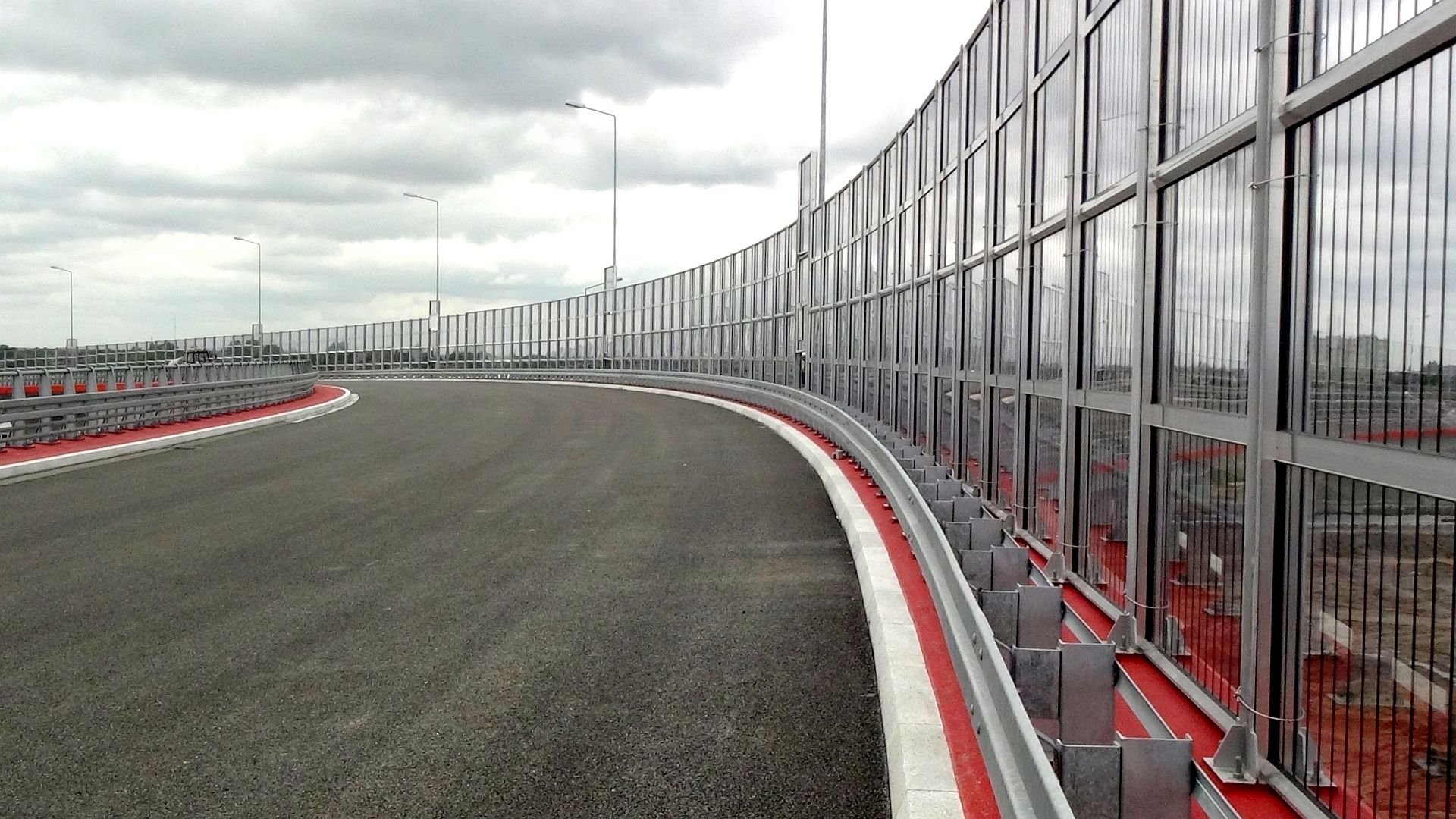Sloped roofs are designed to collect water and protect the building from harsh weather conditions. Sloping roofs come in a variety of styles, such as hip and gable. It’s important to have safety rails installed to provide adequate protection when it comes to keeping out rainwater, but they are not without their risks.
When constructing a sloped rooftop, it’s vital that construction companies set up safety rails for safety purposes so no one falls off and gets injured or even worse dies!
Setting up adequate safety railing will ensure that workers feel safe while working on the project and won’t get hurt by falling off into traffic below or falling down an open hole in the roofing material itself just because there weren’t any railings set up properly before beginning construction work on it.
Many businesses require workers to go up on a sloped roof for one necessity or the other.
If you’re an experienced construction worker, or someone who works with sloped roofs on a regular basis, then you know that these types of roofs are more difficult to access and maintain. This is because the slope makes it harder for workers to stand up straight and safely walk on the surface. When working on a sloped roof like this, it’s important that the worker has the right tools and equipment at hand so they can get their job done efficiently and safely.
In addition to being more dangerous than flat-roofed buildings, sloped roofs also require safety rails in order for workers to stay safe while working there. The presence of safety rails prevents falls from occurring while preventing injuries as well.
If you’ve ever seen someone fall off a steeply pitched roof before (and we all have), then you know how devastating it can be both physically and emotionally—not only for them but also those around them who witness such incidents firsthand!
Sloped roofs are typically higher than flat roofs, which means that potential falls and accidents are much more common. As you can imagine, a fall off of an elevated surface is much more damaging than a fall off of flat ground.
The same goes for accidents involving ladders or other equipment used in maintenance work on sloped roofs.
safety bollard for sloped rooftops should be installed where it’s possible to fall from the roof, such as near entrance/exit openings and along walkways.
The tops of staircases leading from one level to another are also good places for safety railings.
Aesthetically pleasing designs can be incorporated into any type of railing system: these include wood-grain styles with matching posts and decorative brackets; metal railings with stainless steel accents; or glass balustrades that allow light through but still provide adequate support when needed most (such as during inclement weather).
Conclusion
Sloped roofs are certainly more dangerous than flat roofs, but that doesn’t mean that you should ignore the issue. If you want to be safe and avoid accidents on your sloped rooftop, you need to install proper safety rails at regular intervals.


